When it comes to powering high-demand appliances like heaters, dryers, or air conditioning units, one common question arises: Can I use my 220-volt appliance with a 110-volt outlet? The short answer is no, and in this post, we’ll explain why.
Understanding Voltage Differences
Voltage is the measure of electrical potential required to power your appliances. Most standard household outlets in the United States provide 110 volts, which is suitable for low-power devices like lamps, TVs, or charging electronics. However, 220-volt appliances are designed to handle much higher energy loads, such as heavy-duty heaters or industrial equipment.
Key Differences Between 110-Volt and 220-Volt Outlets:
-
110-Volt Outlet: One hot wire and one ground wire.
-
220-Volt Outlet: Two hot wires and one ground wire, delivering twice the power of a standard 110-volt outlet.
This extra voltage is critical for the safe and effective operation of high-demand appliances. Without it, your equipment simply won’t function properly.
Why 220-Volt Equipment Won’t Work with 110 Volts
The issue lies in the power delivery. A 110-volt outlet cannot provide enough energy to operate the heating element, motors, or other components of a 220-volt appliance. Attempting to use adapters or converters to "make it work" will only lead to disappointing results, such as:
-
Reduced Functionality: The appliance might power on, but it won’t perform. For example, a heater’s fan might run sluggishly without producing any heat.
-
Potential Damage: Insufficient power can harm your appliance’s internal components.
-
Safety Hazards: Incorrect connections could cause electrical hazards or fires.
Real-World Example: Heaters with NEMA 6-20 and 6-30 Plugs
Let’s look at two common types of 220-volt heaters:
-
6-20 Heater: Features a NEMA 6-20 plug with two hot wires and a ground.
-
6-30 Heater: Features a NEMA 6-30 plug, also with two hot wires and a ground but designed for higher power loads.
When these heaters are plugged into a 110-volt outlet using an adapter, they might power on, but they won’t function properly. For example, the fan might spin, but the heating element won’t activate. However, when connected to a proper 220-volt outlet, these heaters operate efficiently, delivering the performance they were designed for.
Avoiding Unsafe Workarounds
You might come across adapters marketed to convert 110-volt outlets to 220 volts, but these are not a reliable or safe solution. Such adapters can’t magically increase the voltage capacity of your household wiring. Instead, ensure that your appliance is connected to the appropriate power source to avoid frustration and potential hazards.
The Right Power Solution
If you need to use 220-volt appliances like heaters, dryers, or industrial equipment, make sure you have access to a dedicated 220-volt outlet. These outlets are typically found in laundry rooms, garages, or areas designed for high-power appliances.
AC WORKS: Your Power Solution Experts
At AC WORKS, we specialize in providing reliable power solutions for residential and industrial use. Whether you’re setting up a heater, running a workshop, or powering heavy-duty equipment, we have the products and expertise to help you connect safely and efficiently.
Final Thoughts
Don’t risk damaging your equipment or compromising your safety by attempting to use 220-volt appliances with 110-volt outlets. Always use the correct power source to ensure optimal performance and longevity for your appliances.
Got questions about your setup? Drop us a message or browse our selection of power adapters and connections at AC WORKS.
Stay powered up with AC WORKS!

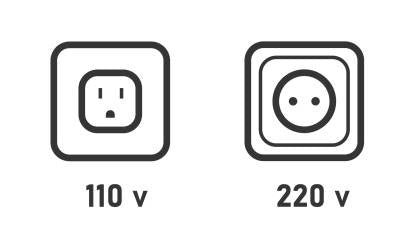
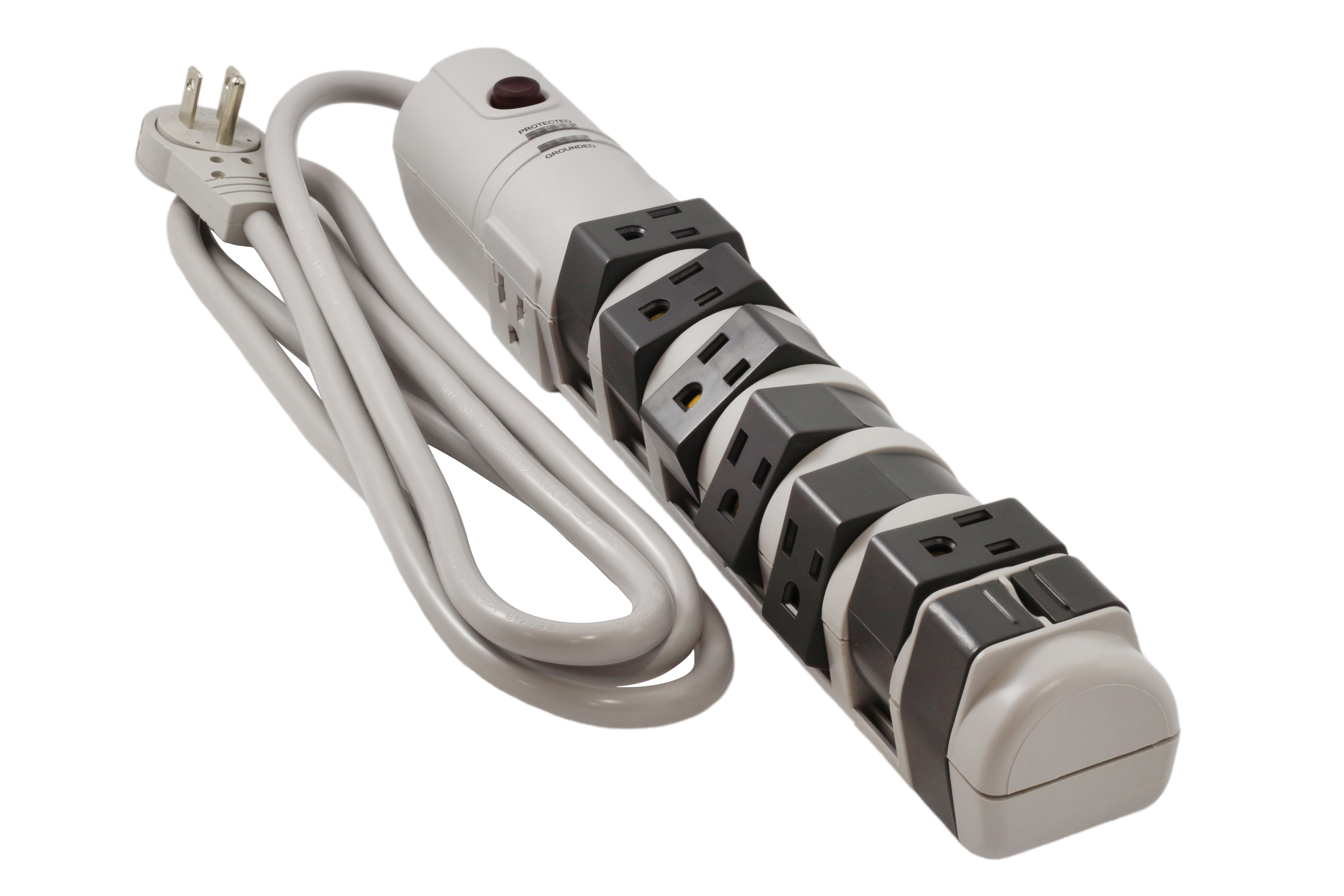

![AC WORKS® [ADL1430F520-FD] PDU Adapter L14-30P 4-Prong 30A Plug - (4) 5-15/20 20A T-Blade Connectors](http://acworks.com/cdn/shop/files/ADL1430F520-FD-0_50f8e2b0-c383-47ac-a998-3a767d057a77.jpg?v=1726777826&width=2500)

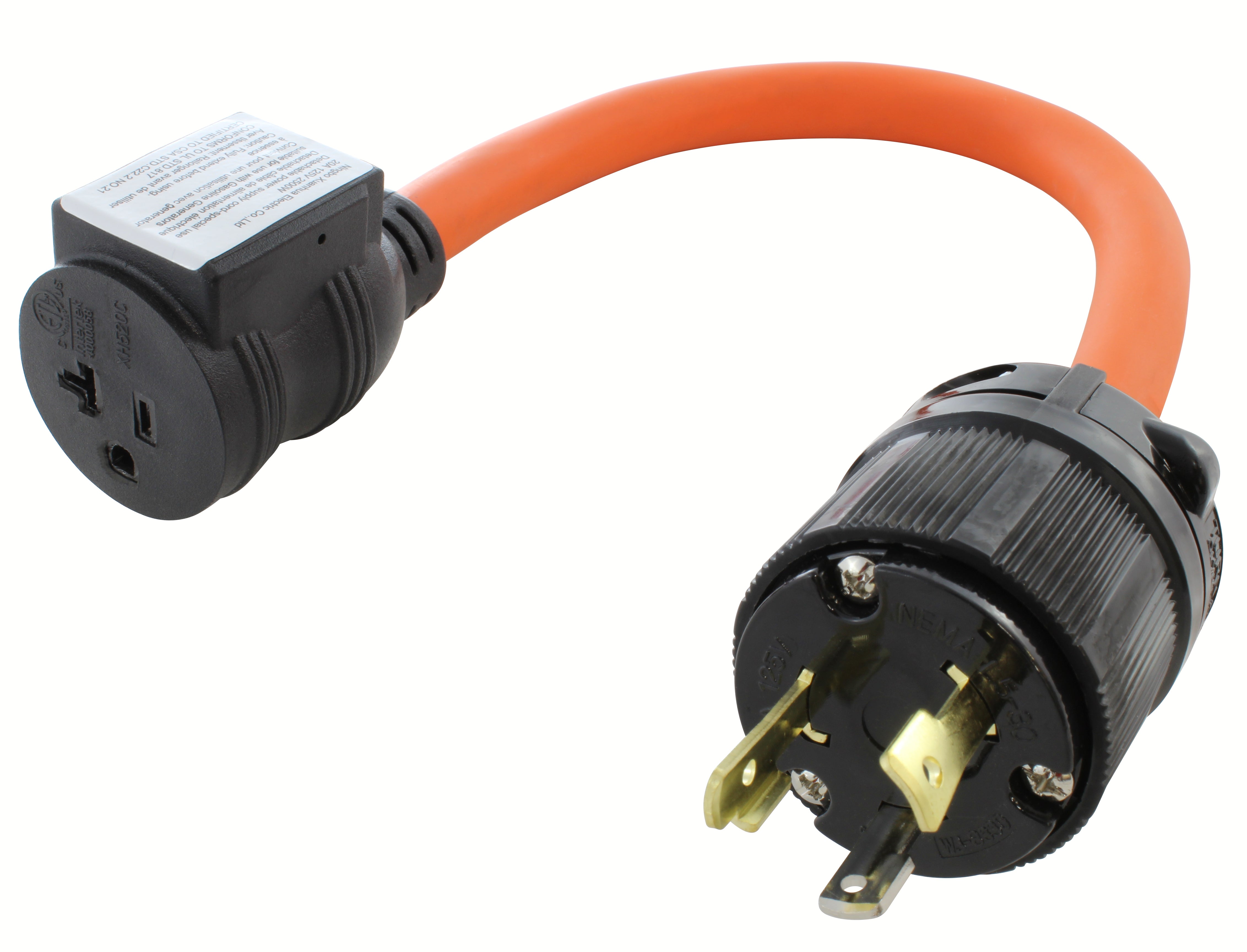
![AC WORKS® [E520CB520] 1FT 20A NEMA 5-20 Protective Outlet Extender with 20A Breaker](http://acworks.com/cdn/shop/products/E520CB520-0.jpg?v=1632412147&width=3728)
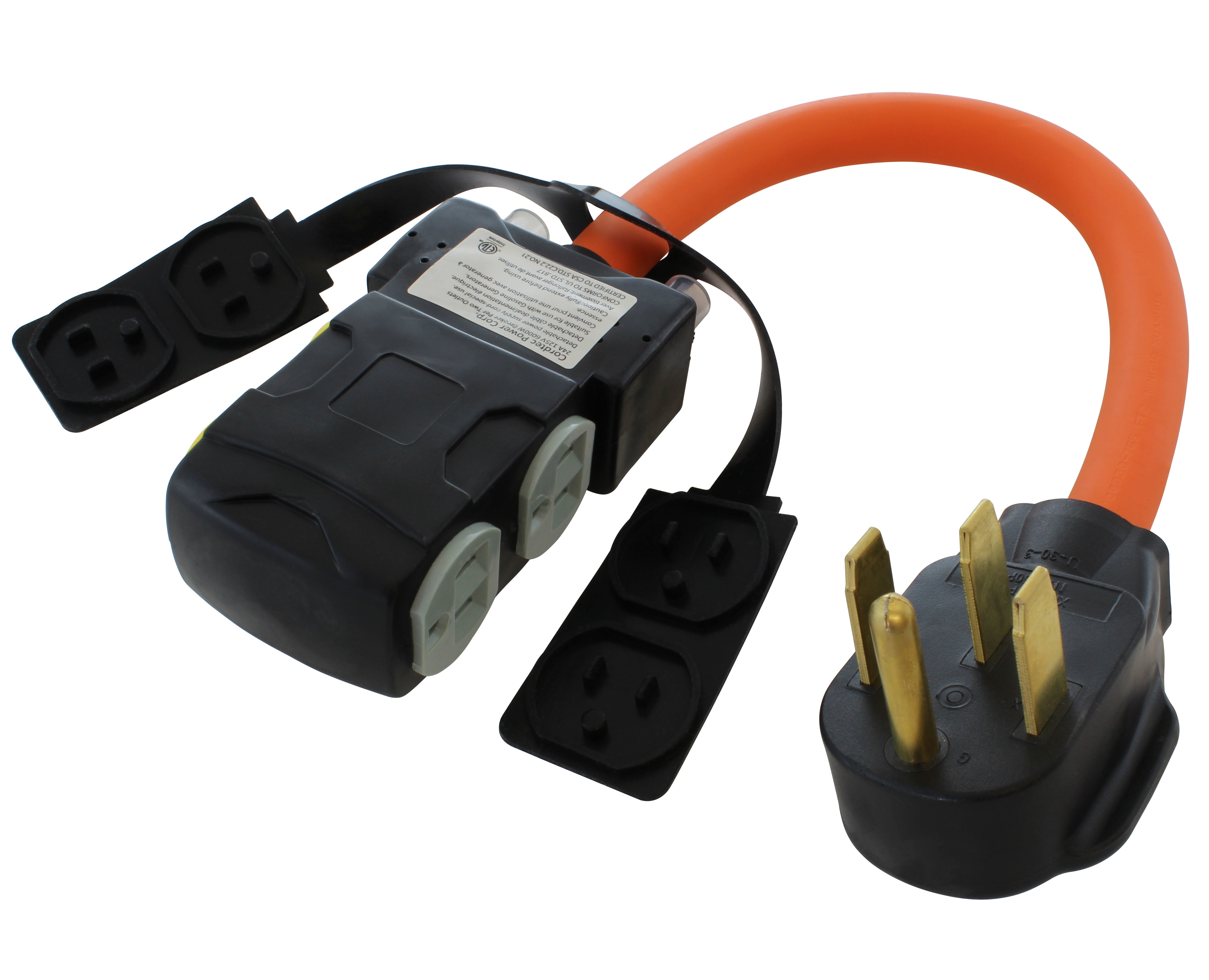
![AC WORKS® [ASINSS2PBX-G] 50A Locking 4-Wire CS6375/ SS2-50 Heavy-Duty Transfer Switch Inlet Box](http://acworks.com/cdn/shop/files/ASINSS2PBX-0_0206b362-7c90-42a5-8754-0685c13dab7e.jpg?v=1758051675&width=2500)

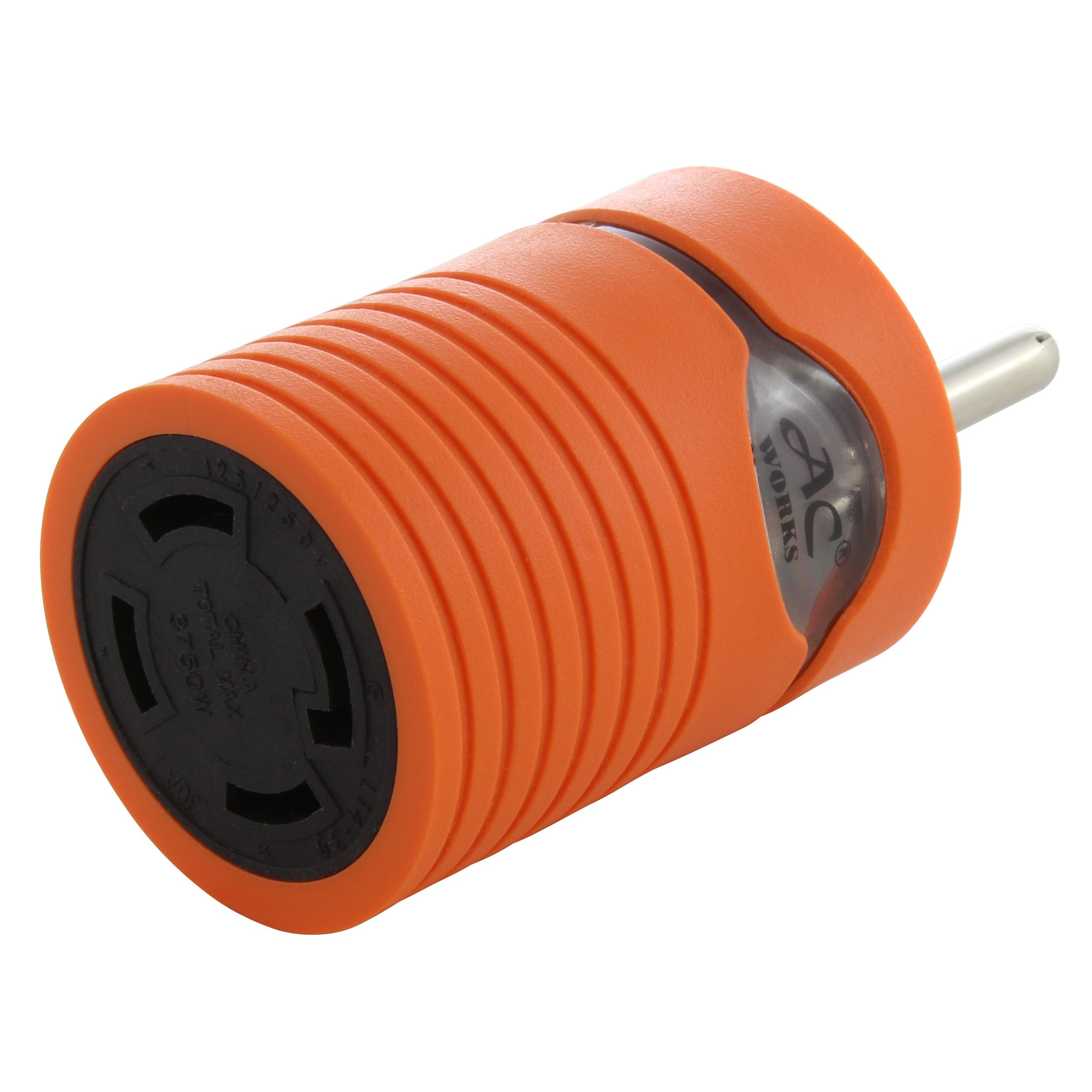
![AC WORKS® [S1430CBF520] 1.5FT 14-30P 4-Prong Dryer Plug to (4) Household Outlets with 24A Breaker](http://acworks.com/cdn/shop/products/S1430CBF520.jpg?v=1666103519&width=4656)
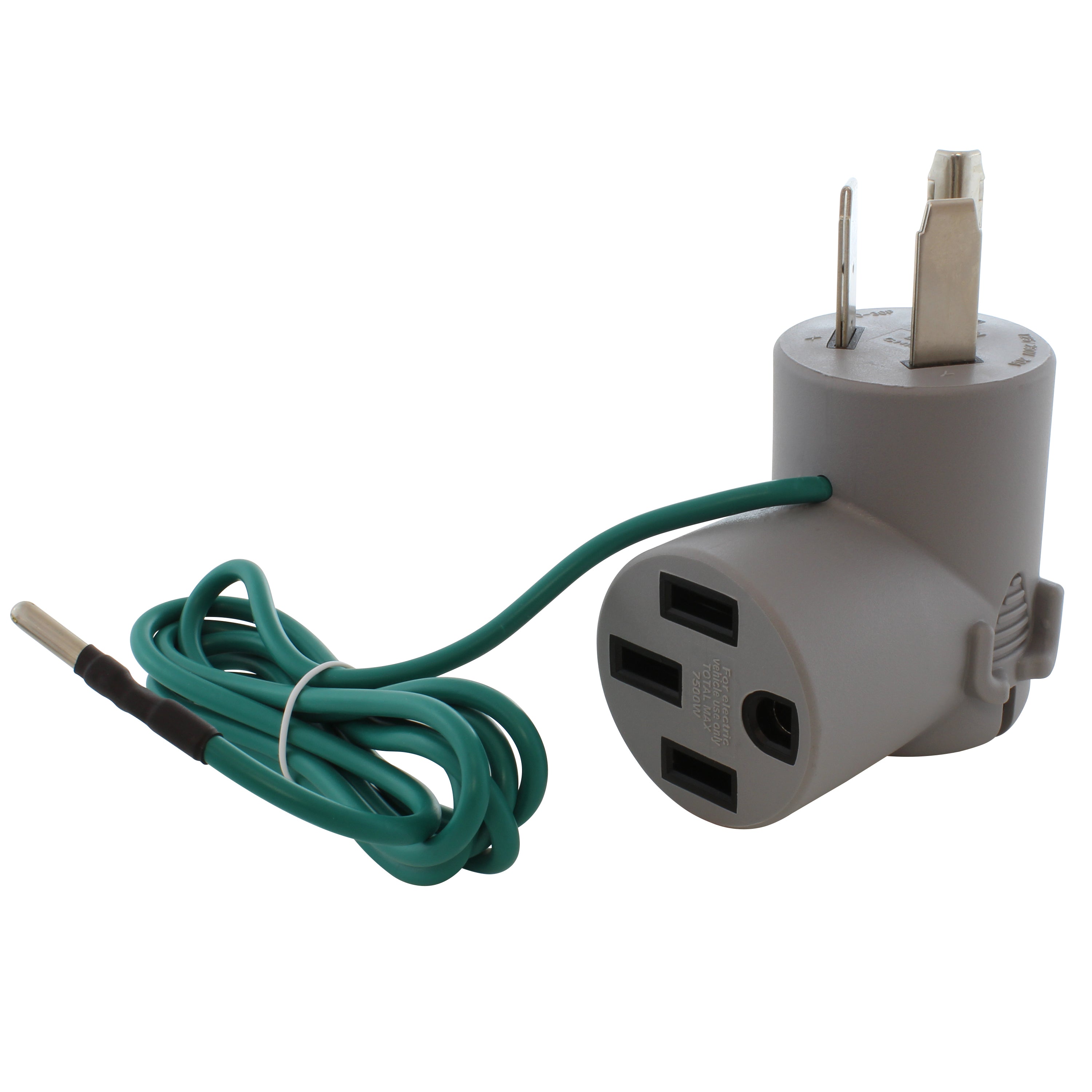
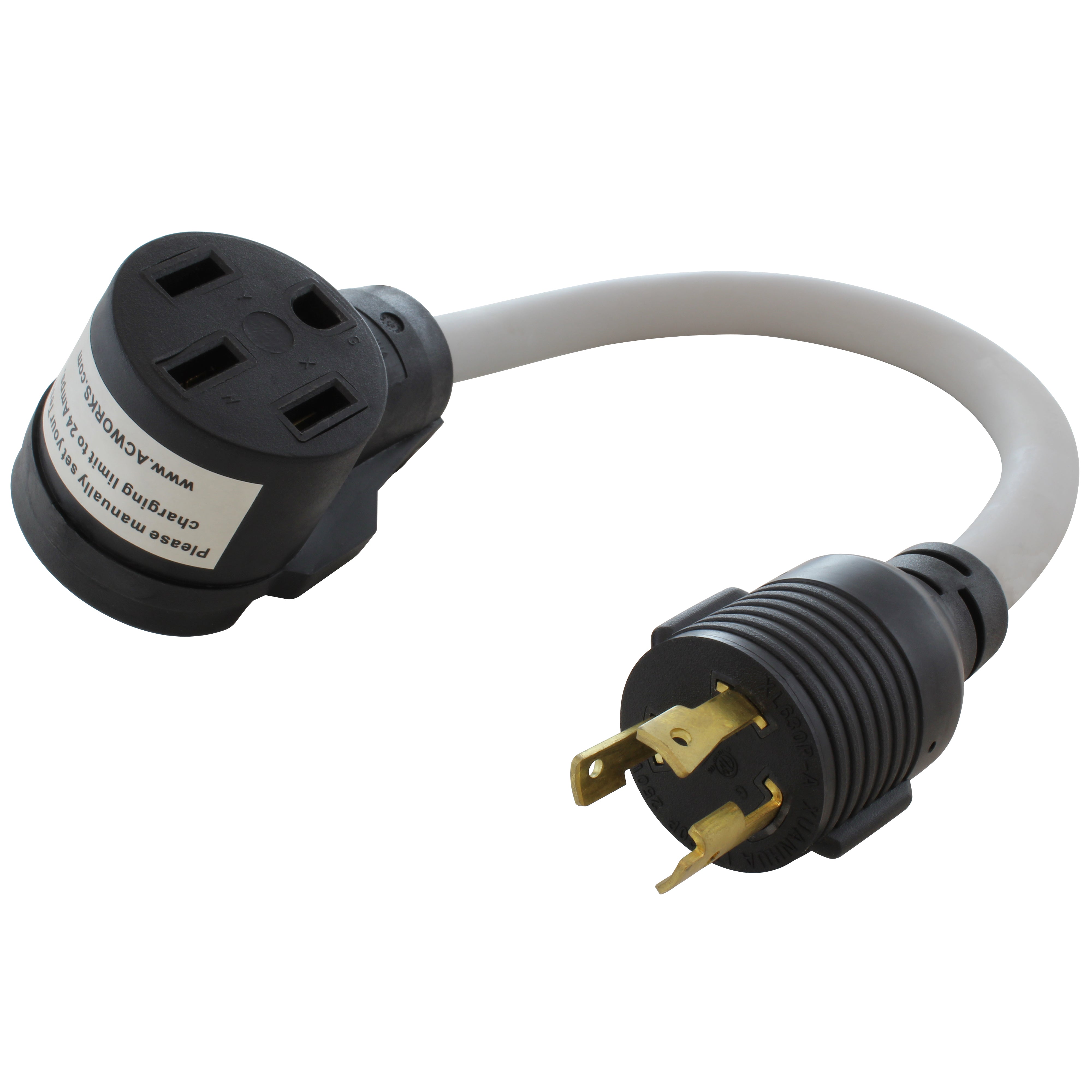
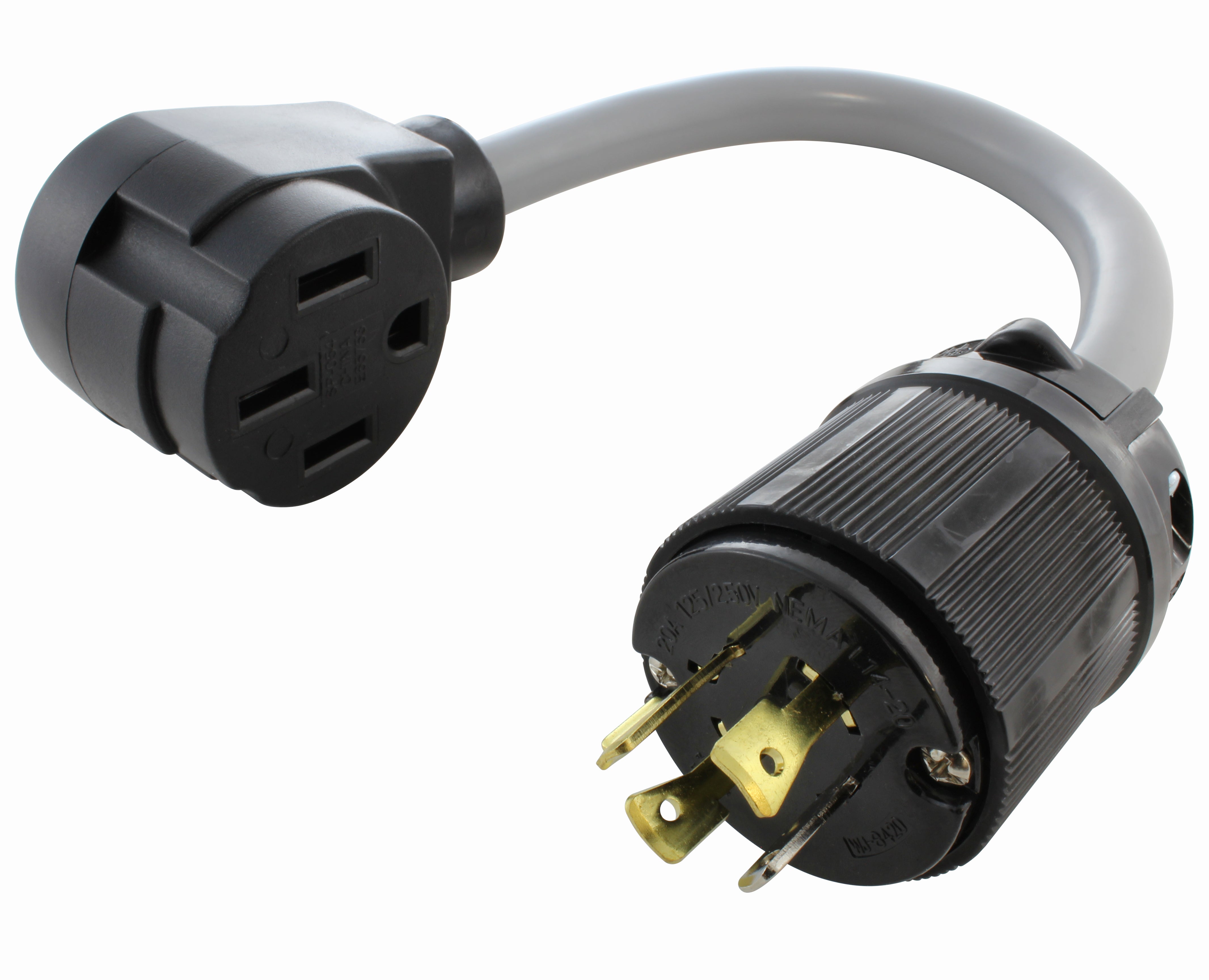

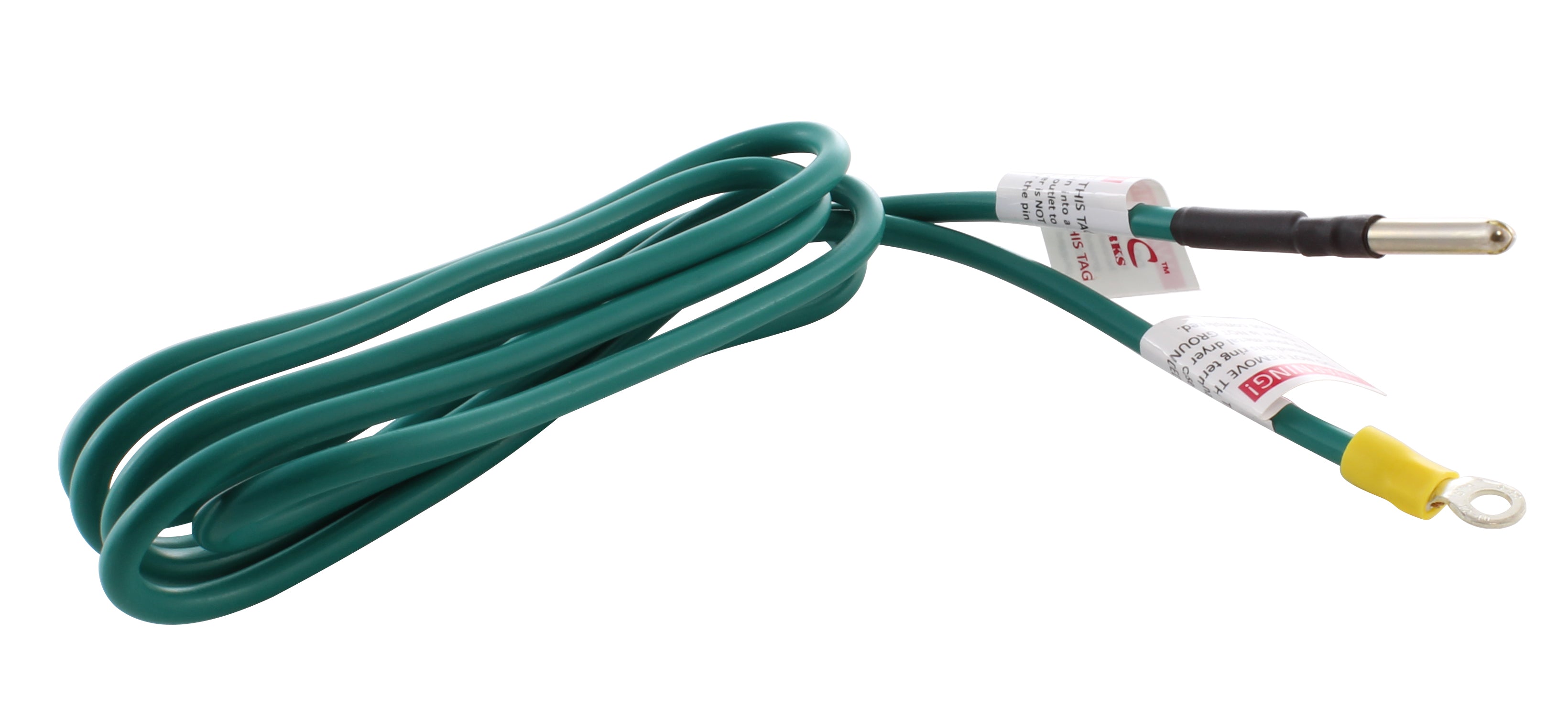

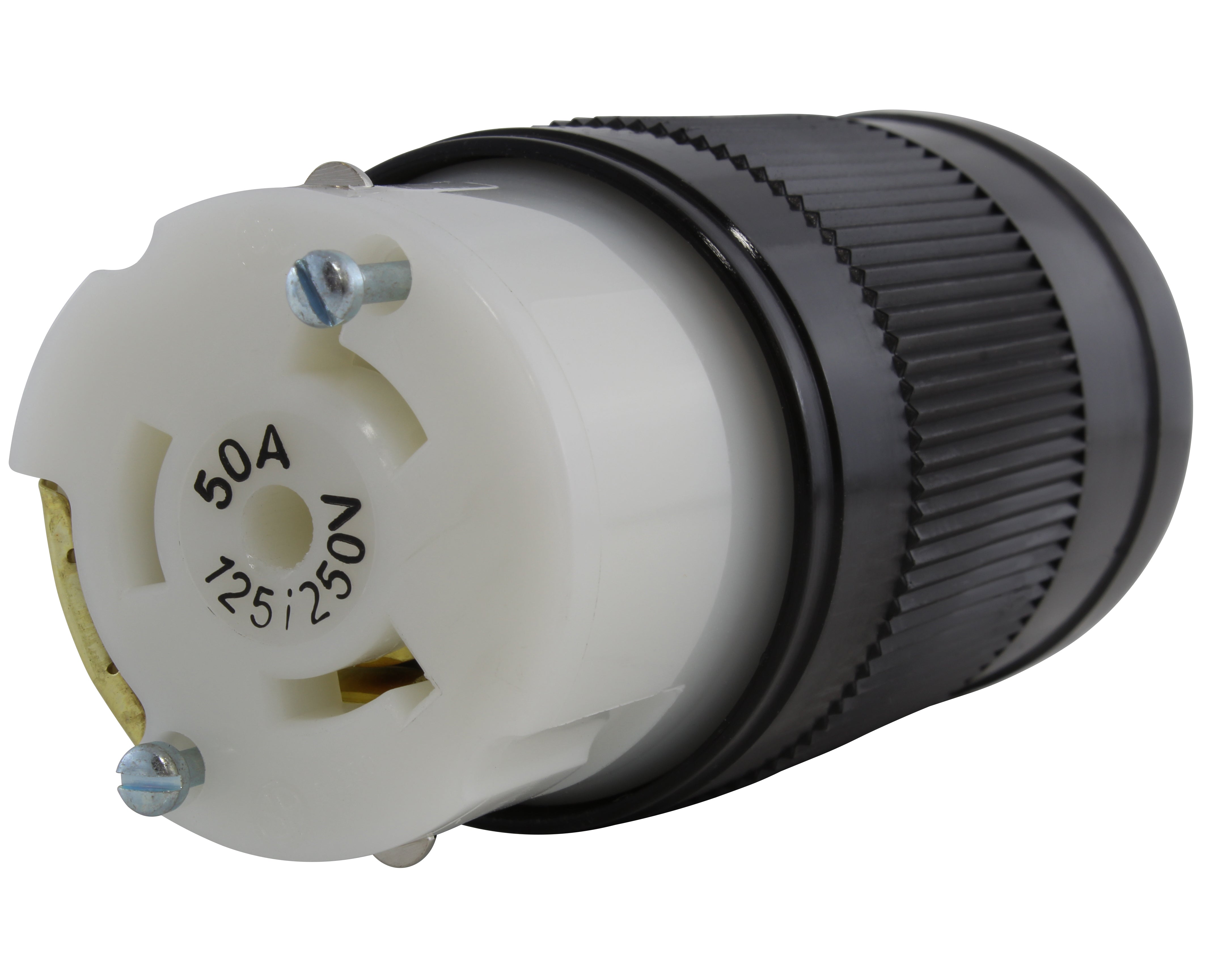


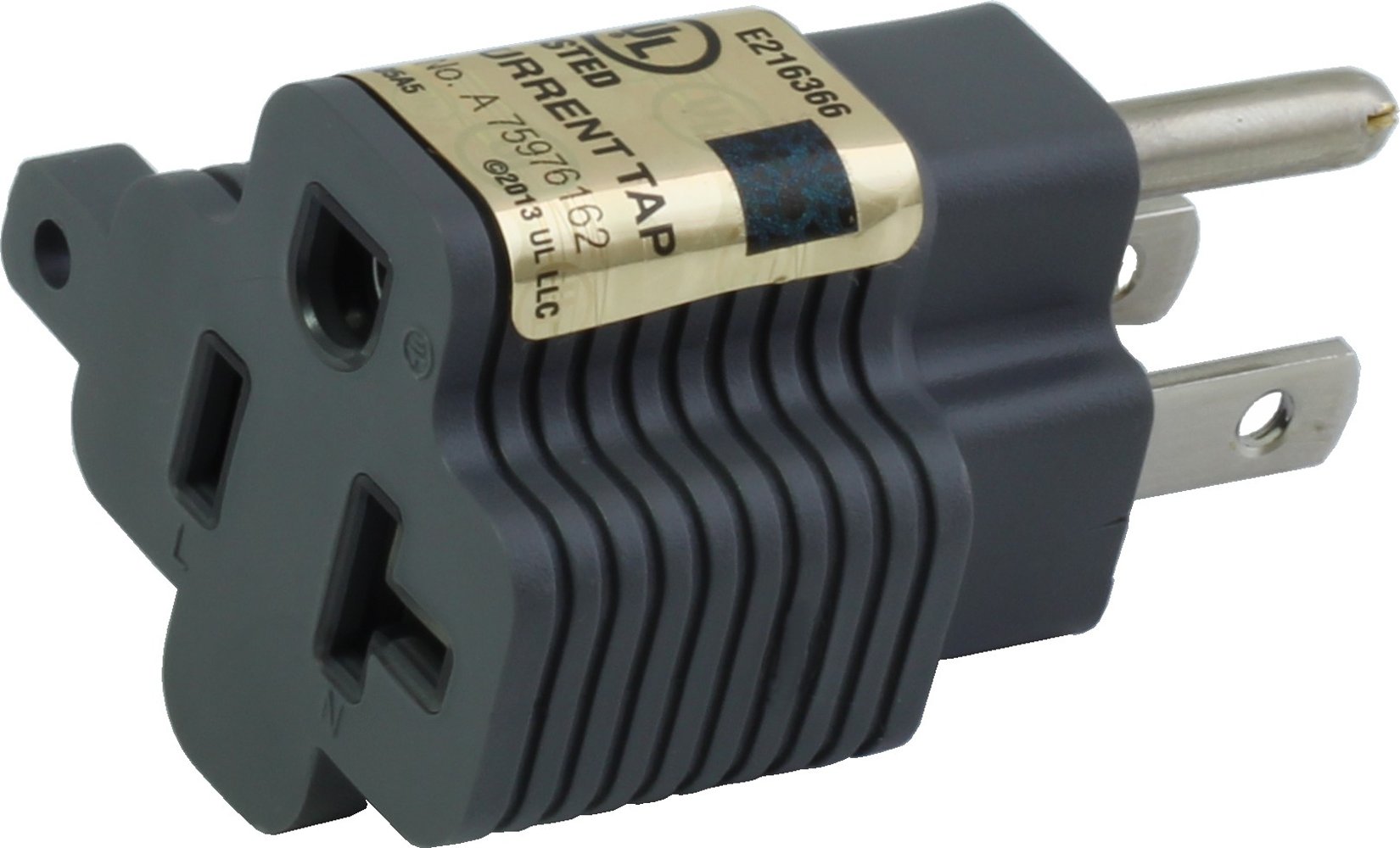
![AC WORKS® [ADV104] 3-Prong Heavy-Duty V-DUO Household Outlet Adapter](http://acworks.com/cdn/shop/products/ADV104-0.jpg?v=1605738768&width=3128)
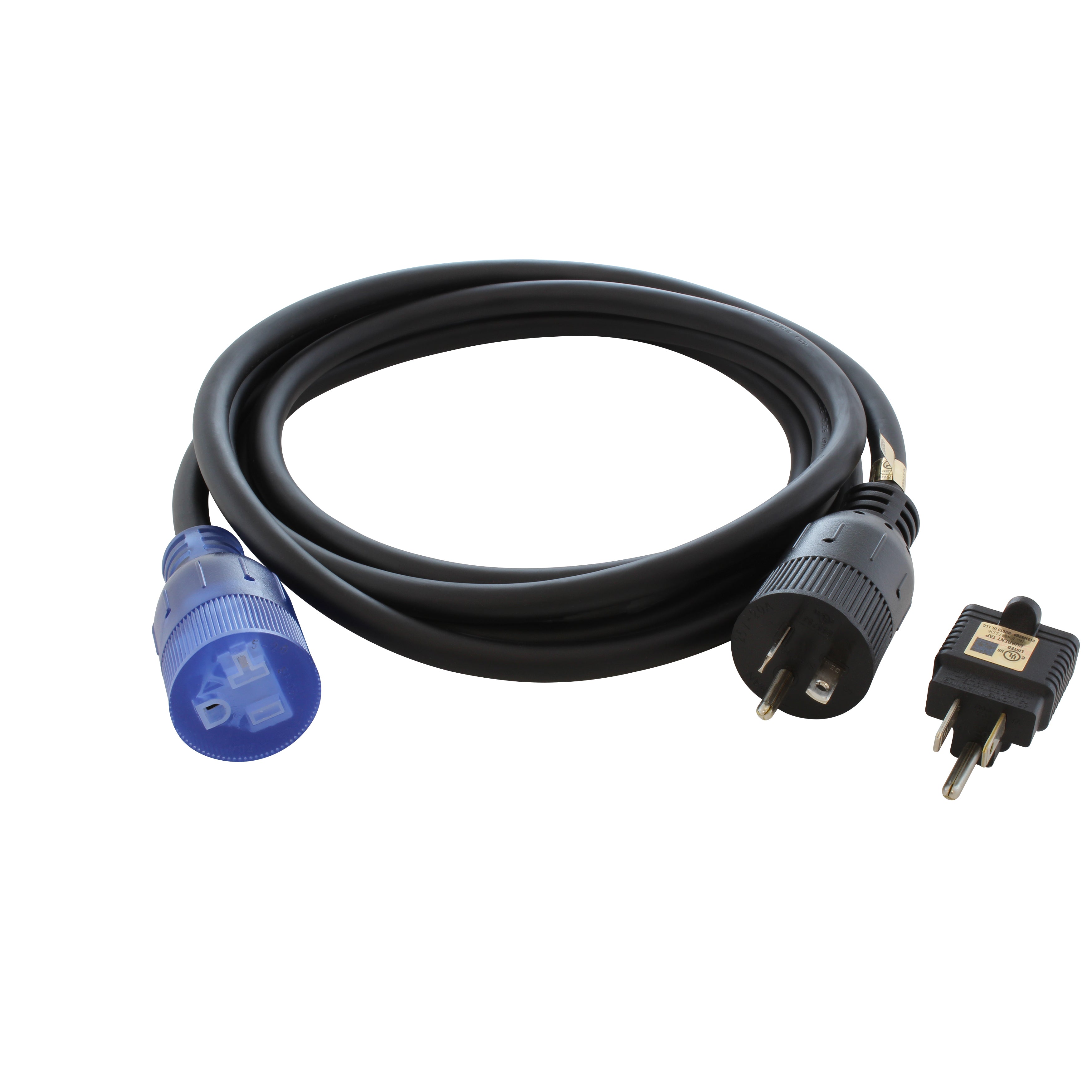
![AC WORKS® [XH515520] 15A to 15/20A 125 Volt Plug Adapter with ETL Safety Approval](http://acworks.com/cdn/shop/files/XH515520-0_daea425a-f439-48df-bb75-052167057f12.jpg?v=1729091519&width=2500)

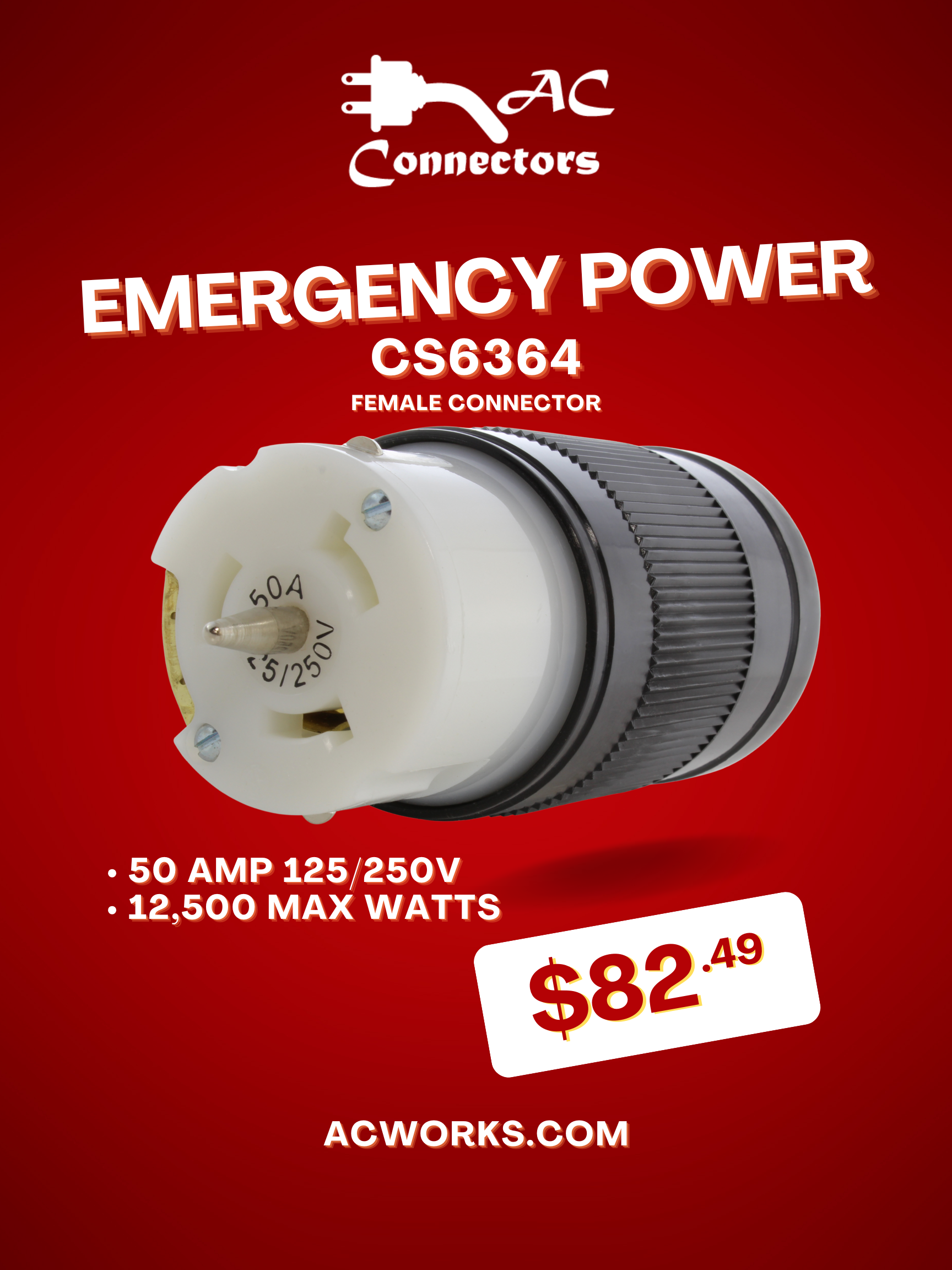

Share:
Get Ready for Winter with ACWORKS: Black Friday and Cyber Monday Deals!
Understanding Electrical Arcing: Causes, Signs, and Solutions